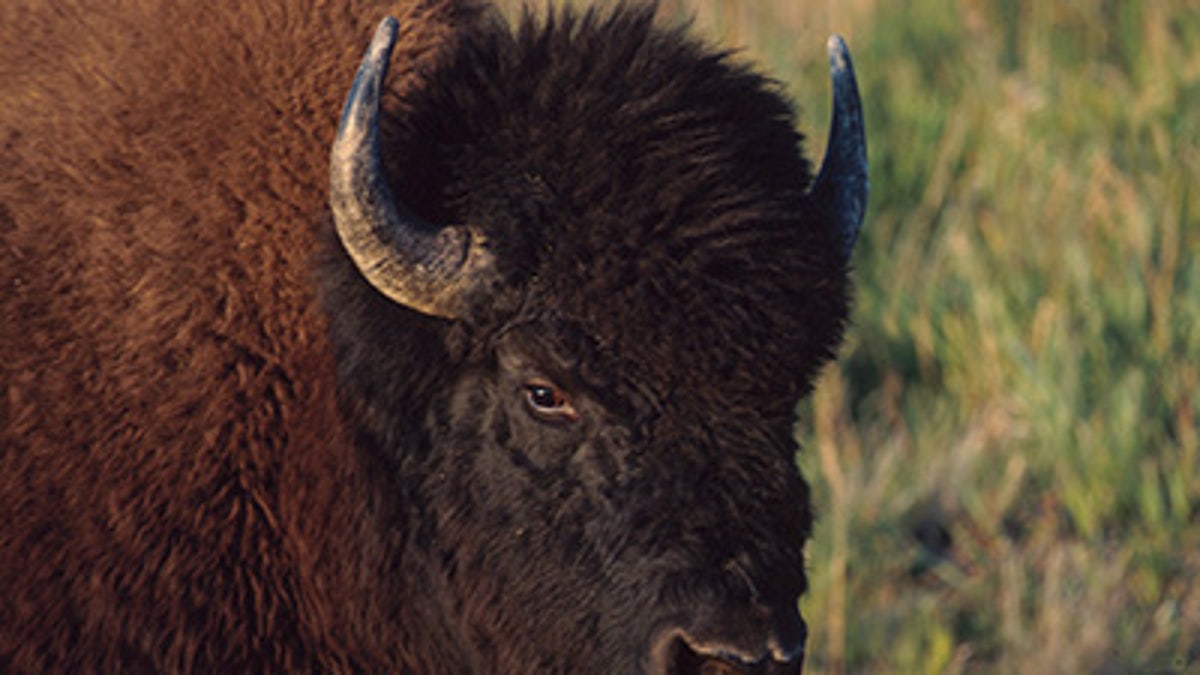
Large fossil steppe bison skull with both horn cores recovered at Quartz Creek ((C) Government of Yukon)
Ice age bison fossils offer new clues to the early migration of humans in North America, according to a report released by UC Santa Cruz on Monday.
Experts have long believed that early humans used an ice-free corridor in the Rocky Mountains to migrate from Alsaka and Yukon to other parts of North America, although its specific use is unclear.
Researchers at UC Santa Cruz believe the ice corridor was fully opened about 13,000 years ago, with humans following bison that hailed from north and south of the ice sheet.

(© Government of Yukon)
Related: Dogs were domesticated twice, new DNA research shows
"When the corridor opened, people were already living south of there. And because those people were bison hunters, we can assume they would have followed the bison as they moved north into the corridor," said Beth Shapiro, professor of ecology and evolutionary biology at UC Santa Cruz, and a co-author of the study, on the university’s website.
In order to understand the bisons' movement, researchers used radiocarbon dating and mitochondrial DNA analysis on bison fossils. They were able to distinguish whether the bison hailed from north or south of the ice sheets.

Shapiro determined in prior findings that bison populations on each end of the ice sheets were “genetically distinct by the time the corridor opened.”
Related: DNA from ancient Phoenician stuns scientists
The research shows that the southern part of the corridor opened first, with southern bison to beginning to migrate northward as early as 13,400 years ago, before the corridor fully opened. Scientists also found some southward movement of northern bison. The two populations were overlapping in the corridor 13,000 years ago, they said.
The corridor provides insights into the North American Pleistocene era, which spans from 2.6 million to around 11,700 years ago.
Recent evidence also points to the theory that the ice sheets fused together some 21,000 years ago and closed the corridor before evidence of humans living south of the ice sheets has been found.
